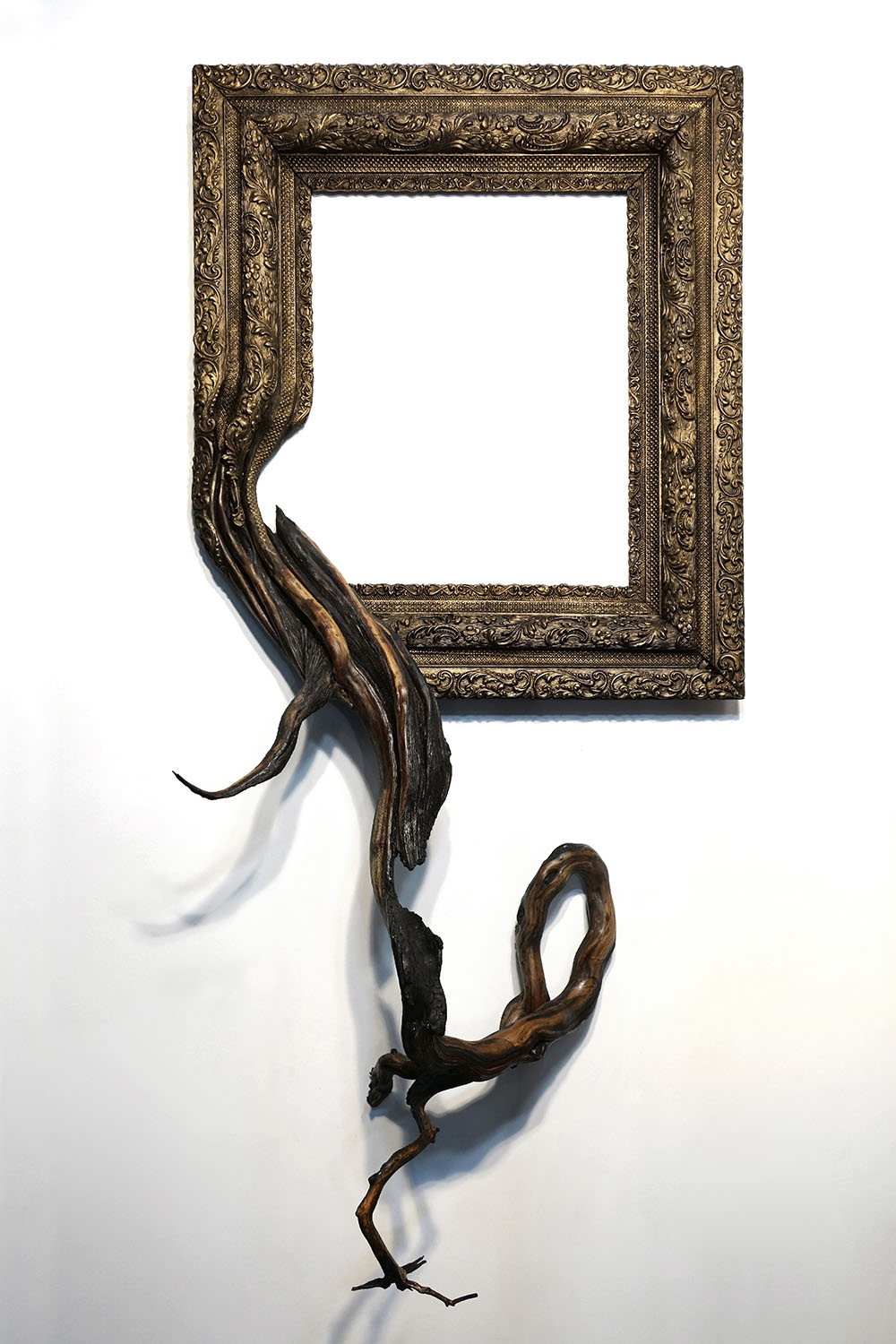Charly sent photos of more of his mom’s (and his) work in knipling. Absolutely gorgeous doves! Charly says: These two doves were made in 2011. The first one is my mothers design. After she made it, I asked her if she could do another one with my design, and she did. My input included not only new outline, but I also suggested the use of different colours and different lace /knotting. The difference in style is quite apparent. The first dove is what would be called “traditional” style, because in this style are made laces, collars, doilies etc.
Pictures are behind glass, so I had to adjust colour saturation and levels to bring the colours out so the pictures look like the real fabric and not too grey. They are actually larger than life on screen, in reality they are only approximately 35 cm (14 inches) diagonally. For completeness’s sake I am also including the templates, I think you might find them interesting.
I definitely find them interesting! Click for full size.
© Charly, all rights reserved.

























